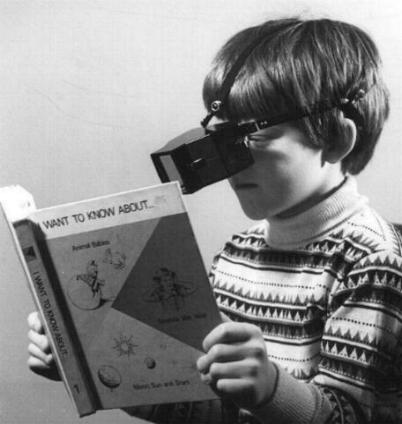PREVENTION OF MYOPIA (PART 2)
If you did not get a chance to read September’s e-newsletter/blog I would encourage you to check it out. Specifically the article titled “WHAT CAUSES MYOPIA (NEARSIGHTEDNESS)?”. In that article I reviewed the source of myopia. In this month’s article I approach the same topic but I examine the non-surgical treatment options for myopia progression. I should point out that these treatment options are for children/adolescents only and will not work for adults. There are many approaches to treat myopia but I will only discuss a few in this article.
As mentioned in the previous article titled “WHAT CAUSES MYOPIA (NEARSIGHTEDNESS)?” I describe how myopia is caused when light is focused improperly on the outer edge of the eye. Therefore to fix myopia we must fix the improperly focused light.
In the past, a common treatment method for myopia was to “under-correct”. For example if your actual prescription was -3.00 the doctor would only prescribe -2.00. It is now known that this treatment option does not work. It does not target the source of myopia.
Another treatment option is called Ortho-Keratology, also known as Ortho-K. This treatment involves using contact lenses that flatten the front surface of the eye. As the front of the eye is flattened by the contact lens, it pushes tissue on the front surface of the eye to the edges and causes the edges of the eye to become steeper. This corrects the improperly focused light at the edge of the eye. Studies have shown that Ortho-K can result in approximately a 40% reduction in the progression of myopia.
One of the major drawbacks of Ortho-K is that it involves a contact lens that you have to wear overnight while sleeping. This adds a level of risk since any time you sleep in a contact lens you increase your chance of developing a corneal ulcer, which could potentially lead to blindness. Therefore this treatment method should be approached with caution. I currently do not prescribe Ortho-K lenses because of the risks involved and the young age of the patients that would be sleeping in contact lenses. Also, currently, there are no good long term studies advocating Ortho-K. However if evidence does mount in its favour it may be used routinely.
A safer, but less effective, alternative to Ortho-K is a special type of glasses lens correction called Zeiss Myovision. In a study the Zeiss Myovision lens showed a reduction in elongation of the eye (the cause of nearsightedness) in children aged 6-12. I use this lens routinely because of the high safety profile, solid research to back it up, and its good in-office results.
The final treatment option I will discuss may be the most promising for the future. It is the use of Atropine eye drops. These drops are normally used to dilate the pupil. Many studies have shown using Atropine eye drops for an extended period of time can slow down myopia progression. However, Atropine eye drops have many side effects including light sensitivity and blurry vision up close while reading. This means that individuals who receive this treatment option require reading or multifocal glasses with transition lenses (the glasses that change from clear indoors to sunglasses when outside) to combat the above mentioned problems with reading and light sensitivity. The goal of recent research has been to find an eye drop with the positive effects of Atropine without the negative side effects. Current eye drops that are being studied are extremely low dose Atropine eye drops (0.01% compared to its normal dosing of 1.0%) and another eye drop known as Pirenzapine. Both of these medications are not commercially available yet.
In conclusion, there are current treatment options for myopia that are effective. Hopefully, in the near future, we will be able to use eye drops to stop myopia progression or even prevent it.

